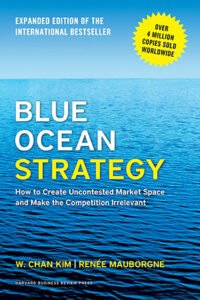|
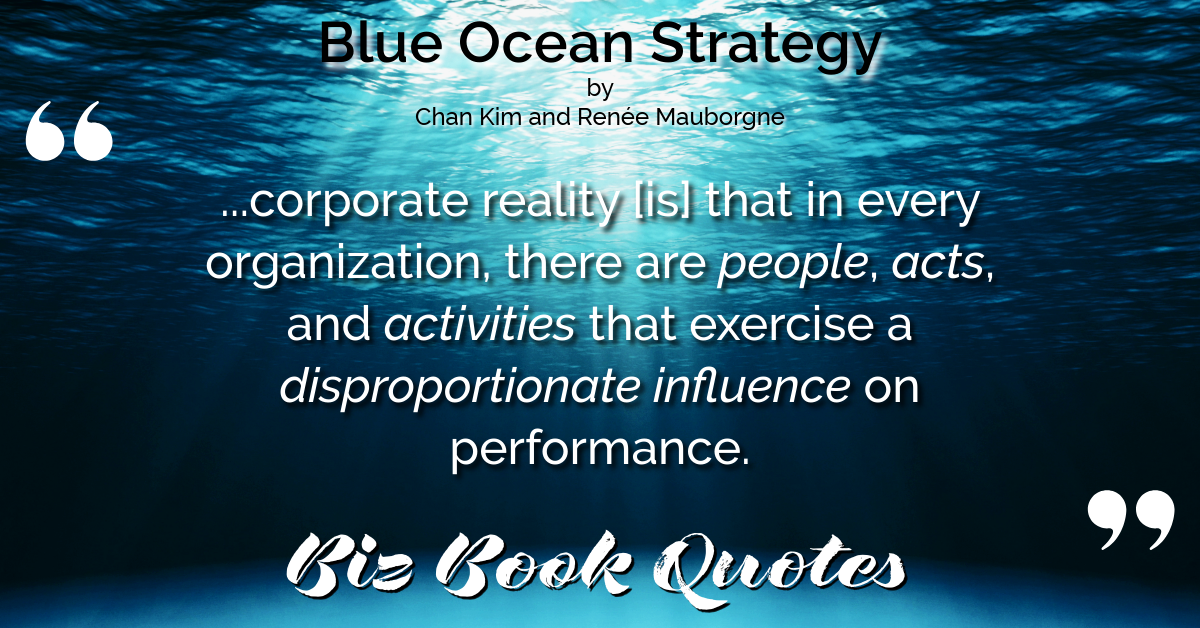
|
Blue Ocean Strategy:
…corporate reality [is] that in every organization, there are people, acts, and activities that exercise a disproportionate influence on performance.
|
151 |
|
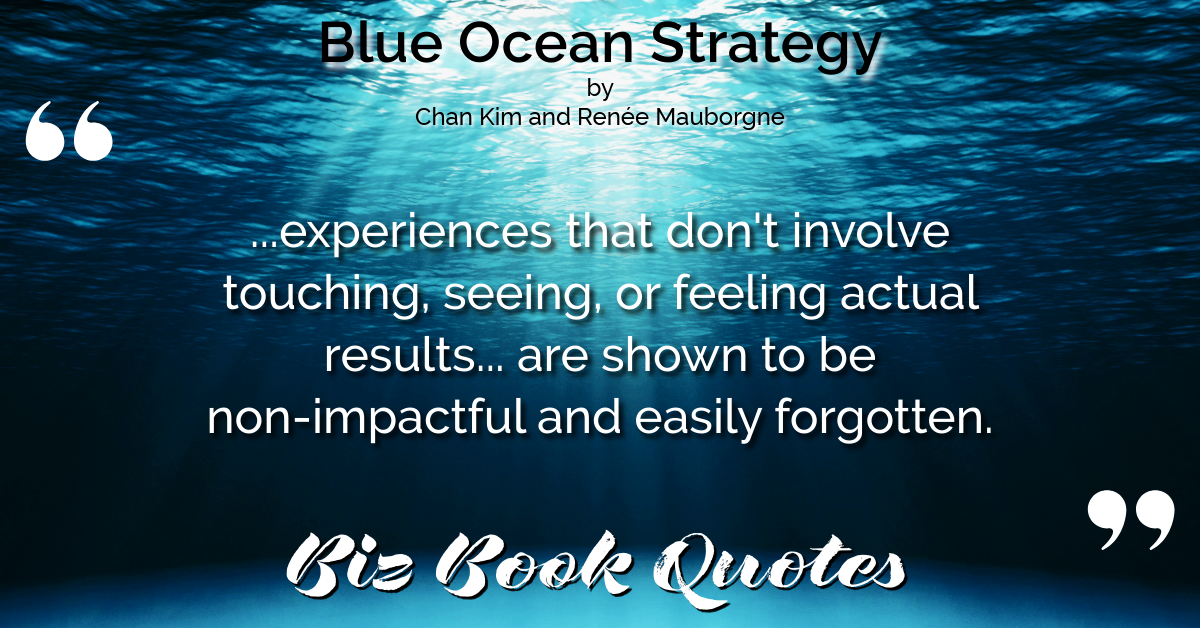
|
Blue Ocean Strategy:
…experiences that don’t involve touching, seeing, or feeling actual results… are shown to be non-impactful and easily forgotten.
|
152 |
|

|
Blue Ocean Strategy:
Research in neuroscience and cognitive science shows that people remember and respond most effectively to what they see and experience.
|
152 |
|

|
Blue Ocean Strategy:
In the realm of experience, positive stimuli change attitudes and behavior.
|
152 |
|
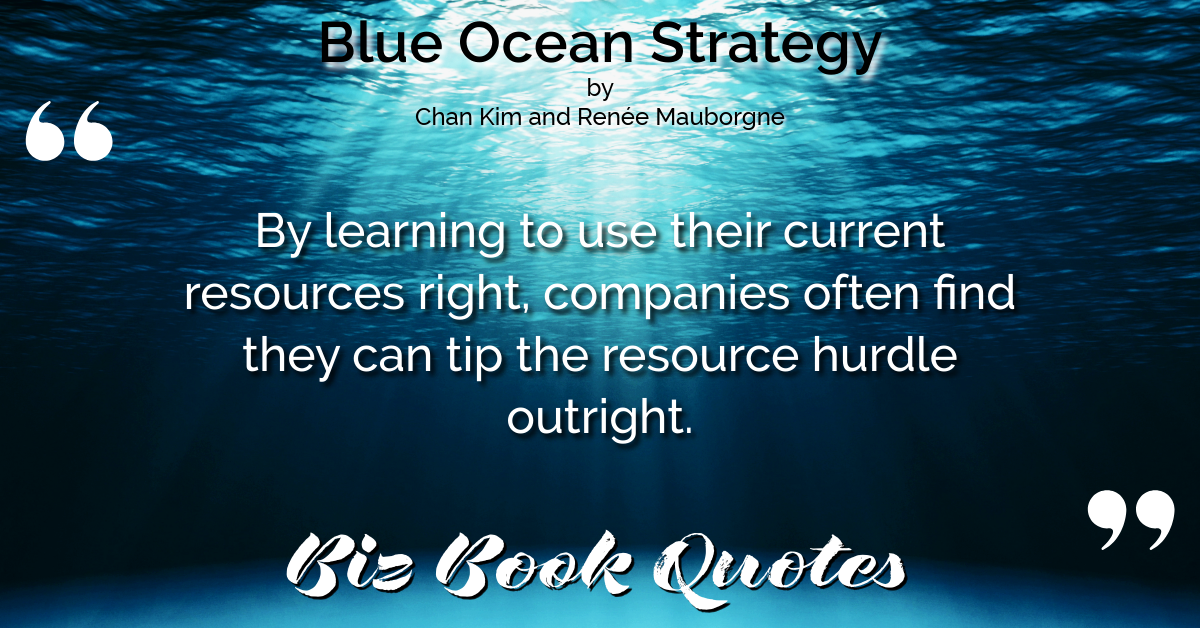
|
Blue Ocean Strategy:
By learning to use their current resources right, companies often find they can tip the resource hurdle outright.
|
156 |
|

|
Blue Ocean Strategy:
To tip the cognitive hurdle, not only must you get your managers out of the office to see operational horror, but also you must get them to listen to their most disgruntled customers firsthand.
|
161 |
|
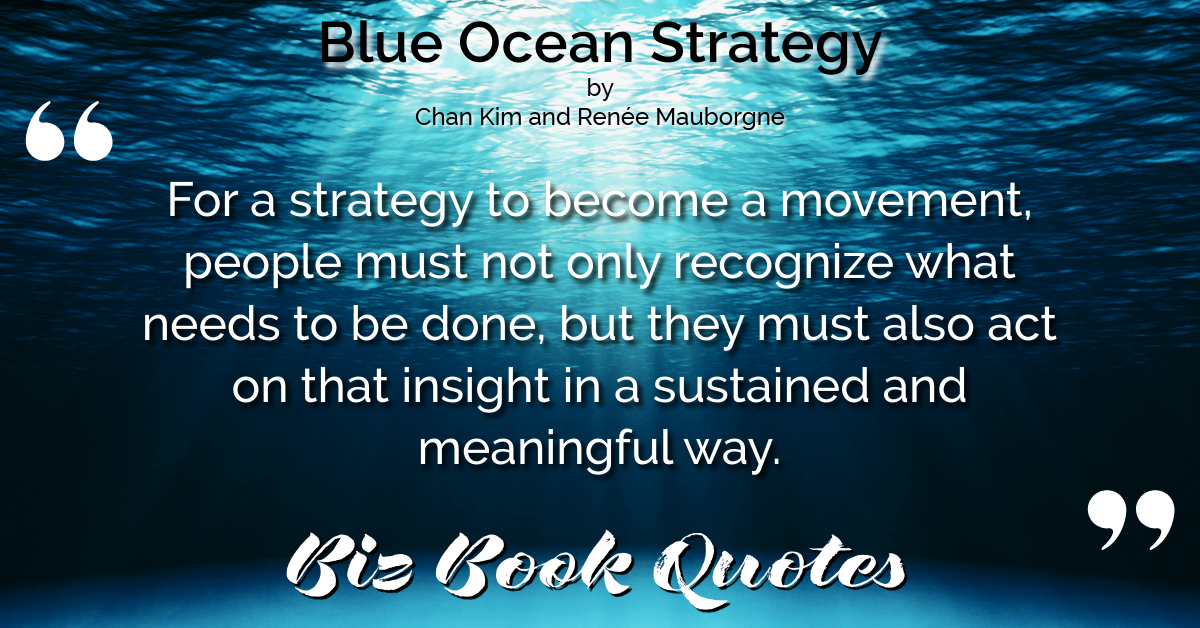
|
Blue Ocean Strategy:
For a strategy to become a movement, people must not only recognize what needs to be done, but they must also act on that insight in a sustained and meaningful way.
|
161 |
|
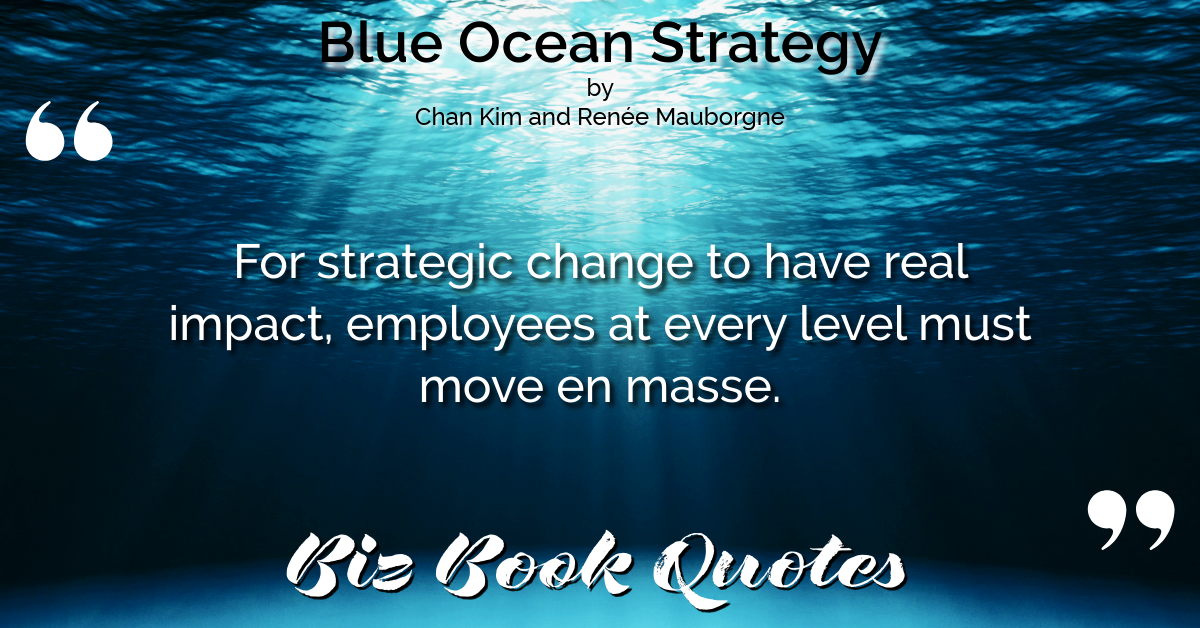
|
Blue Ocean Strategy:
For strategic change to have real impact, employees at every level must move en masse.
|
162 |
|
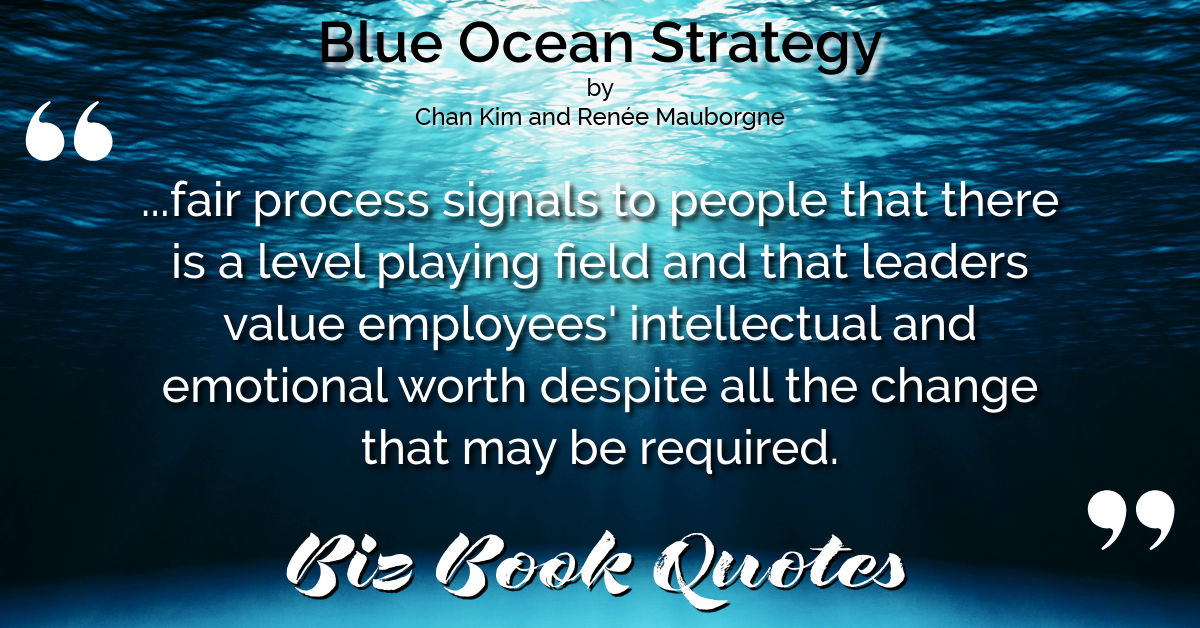
|
Blue Ocean Strategy:
…fair process signals to people that there is a level playing field and that leaders value employees’ intellectual and emotional worth despite all the change that may be required.
|
164 |
|
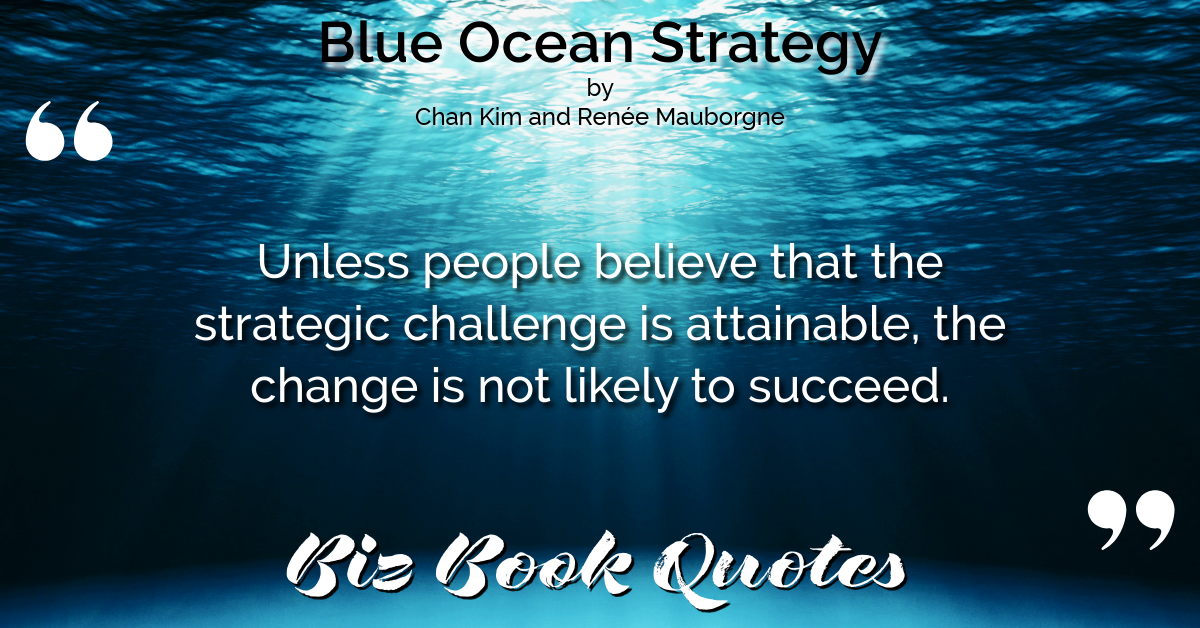
|
Blue Ocean Strategy:
Unless people believe that the strategic challenge is attainable, the change is not likely to succeed.
|
164 |
